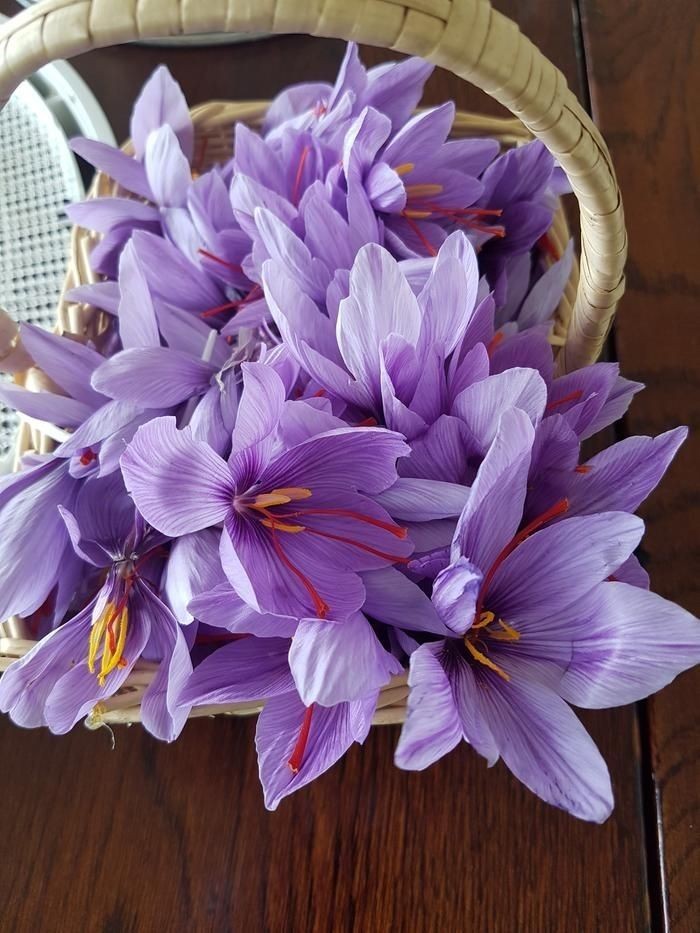Categories
The latest content
-
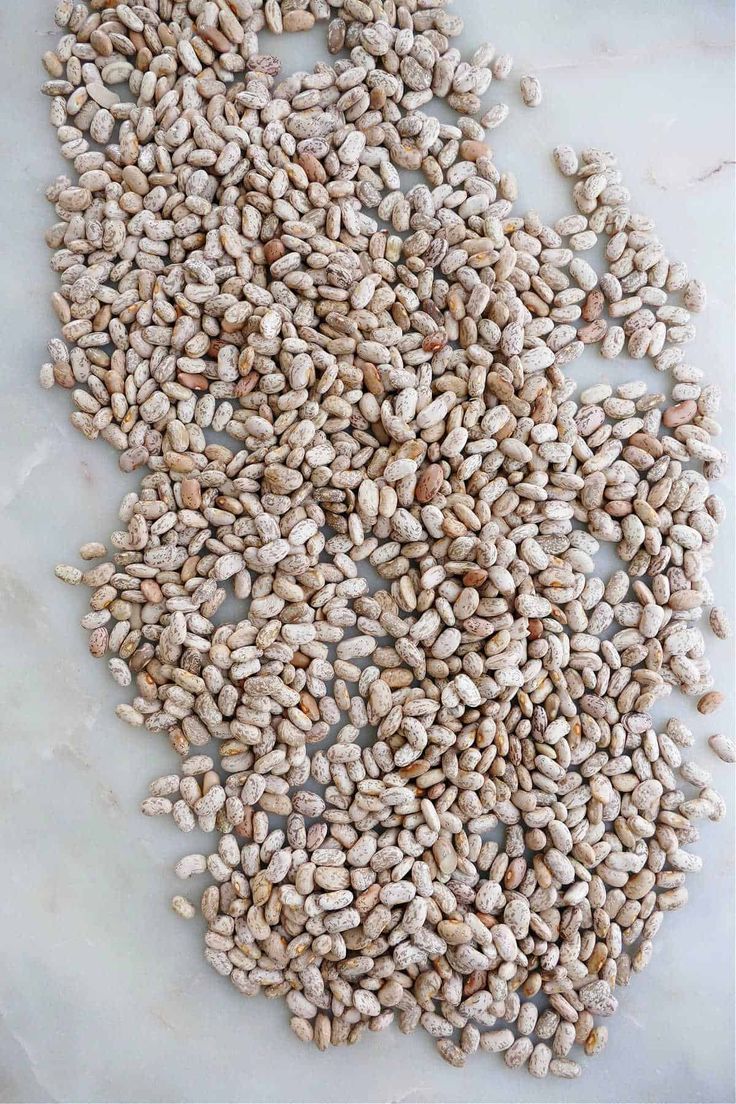
Customs Clearance & Import Regulations for Bulk Iranian Pinto Beans in EU, Middle East & Africa
..
-
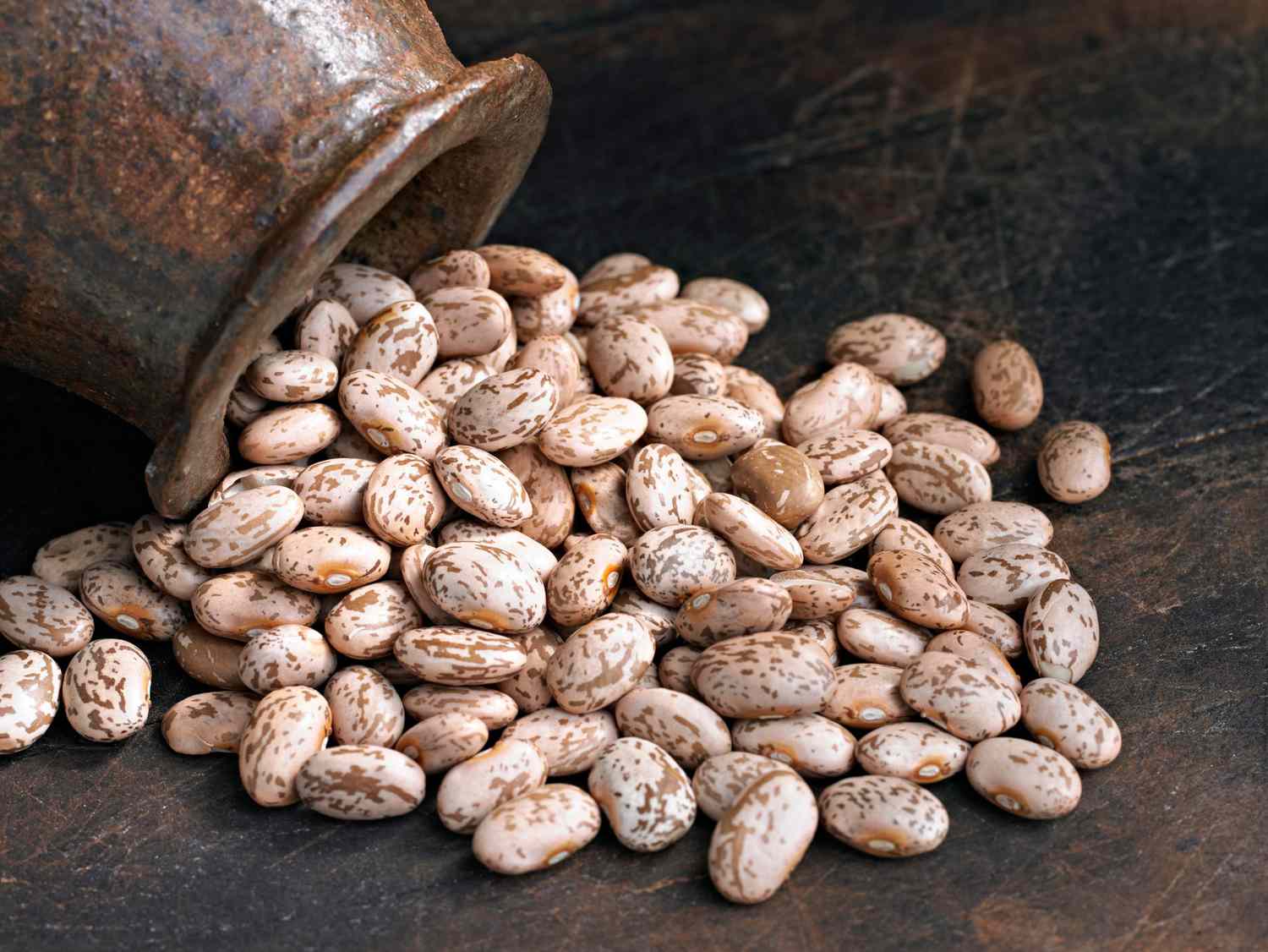
Quality Control & Laboratory Testing Standards for Iranian Pinto Beans
..
-
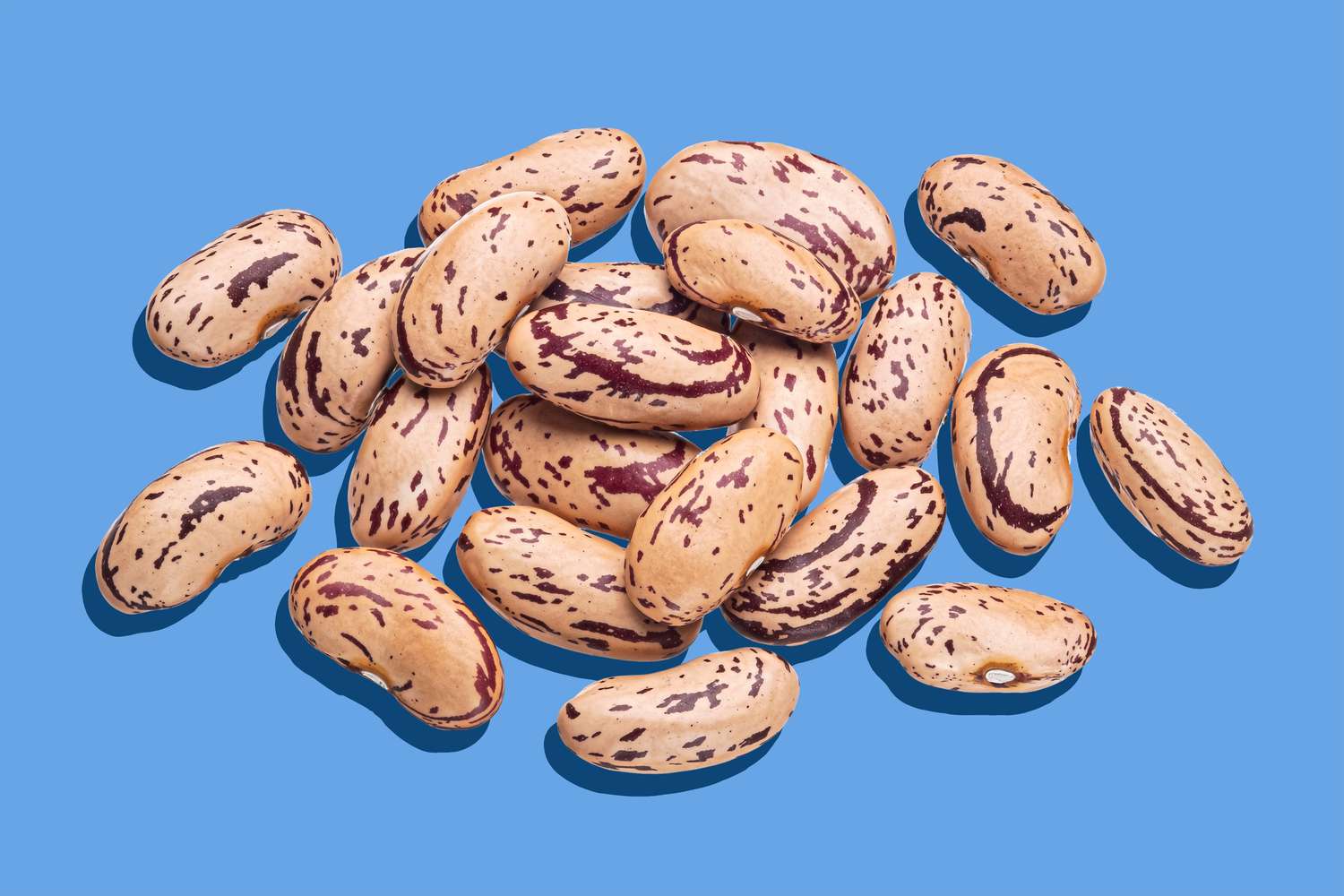
Logistics & Shipping Solutions for Bulk Iranian Pinto Bean Exports
..
-
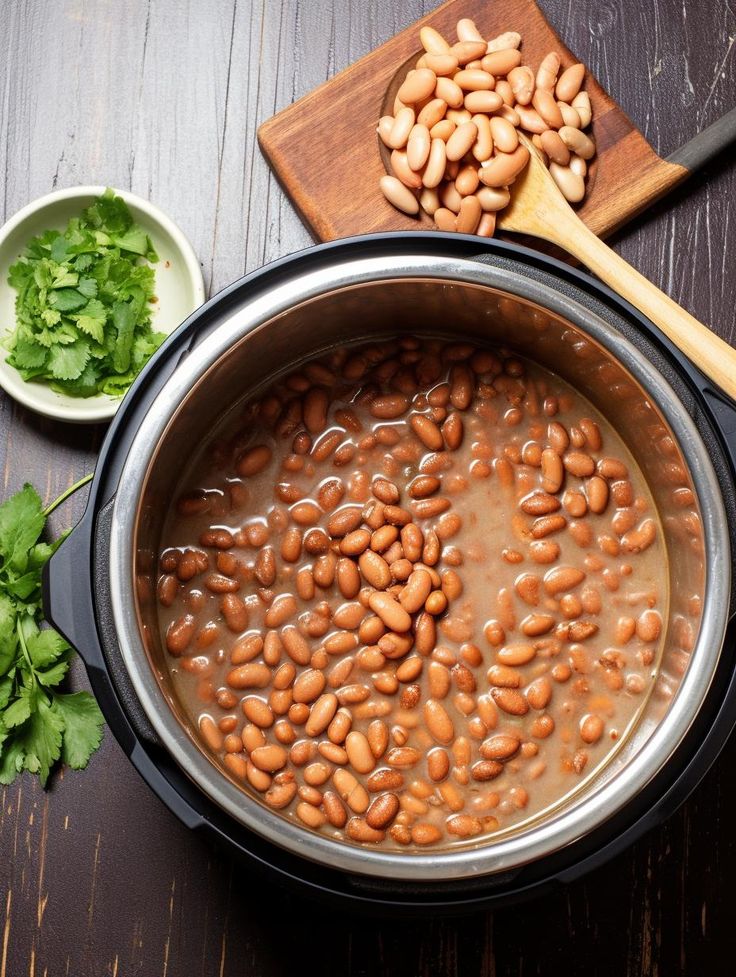
Minimum Order Quantity (MOQ) & Bulk Pricing for Iranian Pinto Bean Buyers
..
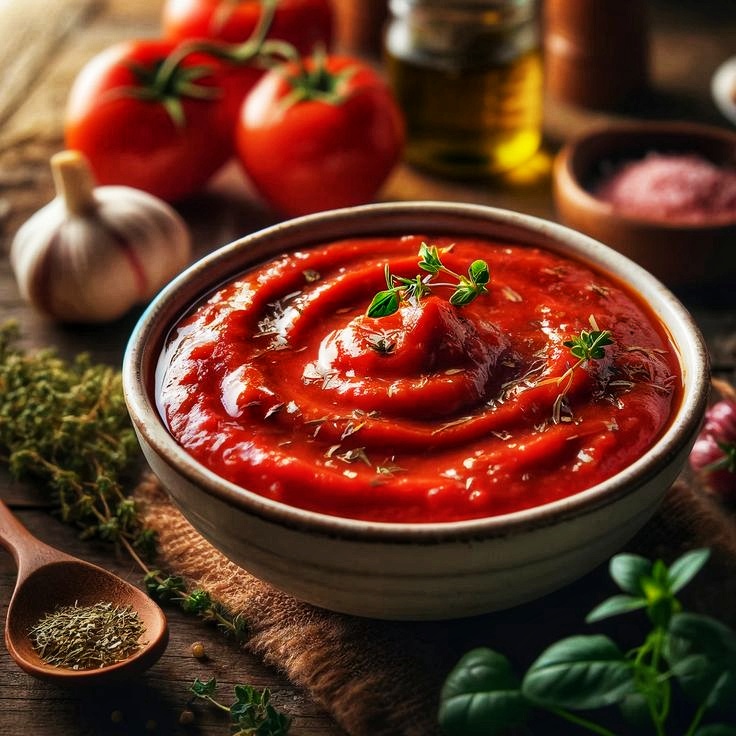
Tags
Iranian Rice in Europe: Aromatic Grains Finding New Markets
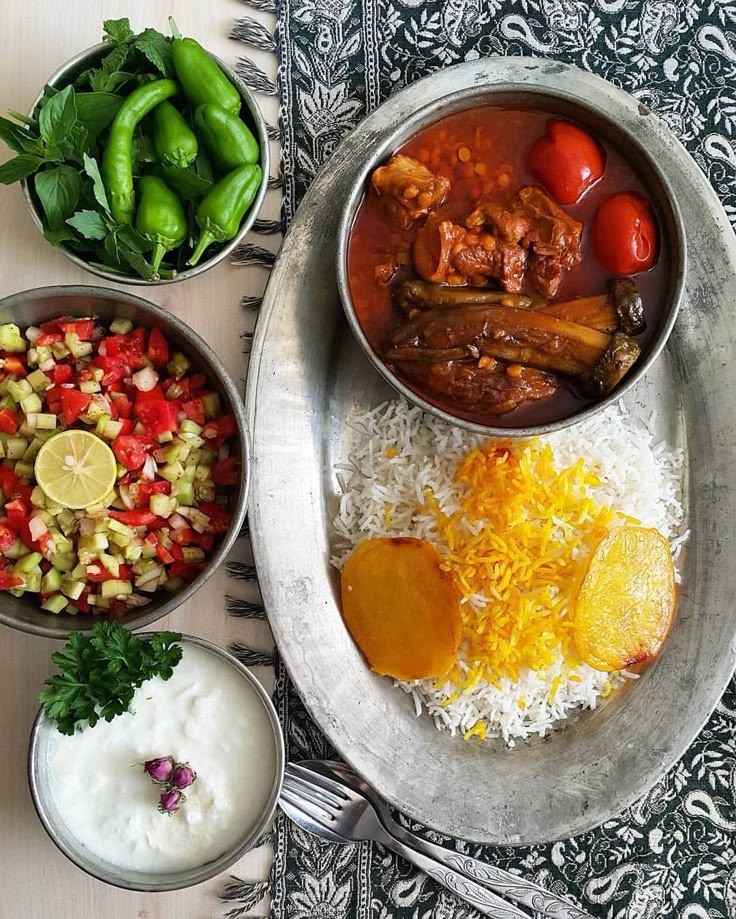
While the Middle East has traditionally been the primary export market for Iranian rice, particularly for premium varieties like Tarom and Hashemi, a growing interest in authentic and high-quality rice has opened doors for Iranian rice in European markets. Although the scale is smaller compared to Middle Eastern exports, the European market presents unique opportunities and challenges.
Key European Destinations
• Germany: Germany, with its large population and diverse culinary scene, is a notable importer of Iranian rice. The demand is driven by consumers seeking unique and aromatic rice varieties for both home cooking and restaurant use.
• United Kingdom: The UK, with its multicultural population and established trade links, also represents a potential market for Iranian rice. The presence of a significant Iranian diaspora contributes to the demand for familiar and authentic rice varieties.
• Netherlands: The Netherlands, a major trading hub in Europe, imports Iranian rice for both domestic consumption and re-export to other European countries.
• Other EU Countries: Smaller quantities of Iranian rice are also exported to other EU countries like France, Italy, and Sweden, often targeting niche markets and specialty food stores.
Factors Driving Demand
• Growing Interest in Specialty Rice: European consumers are increasingly interested in specialty rice varieties beyond the standard long-grain options. Iranian rice, with its distinctive aroma and flavor, appeals to this growing demand.
• Demand for Authentic Cuisine: The increasing popularity of Middle Eastern and Persian cuisine in Europe has created a demand for authentic ingredients, including Iranian rice.
• Quality Perception: Iranian rice, particularly varieties like Tarom and Hashemi, is often perceived as being of high quality due to its unique characteristics and traditional farming methods.
• Diaspora Communities: The presence of Iranian diaspora communities in various European countries contributes to the demand for familiar food products, including Iranian rice.
Challenges and Considerations
• Competition: The European rice market is highly competitive, with rice from various countries, including India, Pakistan, Thailand, and Italy, vying for market share.
• EU Regulations: Iranian rice exporters must comply with strict EU regulations regarding food safety, quality standards, and labeling requirements.
• Price Sensitivity: European consumers can be price-sensitive, particularly in the commodity rice market. Iranian rice, often positioned as a premium product, needs to justify its higher price point through superior quality and unique attributes.
Opportunities and Strategies
Despite the challenges, Iranian rice exporters can capitalize on the opportunities in the European market by:
• Focusing on Premium Varieties: Emphasizing the unique qualities of high-end varieties like Tarom and Hashemi, targeting consumers seeking premium rice for speciaBuilding Brand Awareness: Investing in marketing and branding efforts to raise awareness of Iranian rice and its distinctive characteristics among European consumers.
• Targeting Niche Markets: Focusing on specialty food stores, ethnic grocery stores, and restaurants serving Middle Eastern and Persian cuisine.
• Ensuring Compliance: Adhering to all EU regulations regarding food safety, quality, and labeling.
• Developing Sustainable Practices: Highlighting sustainable farming practices and eco-friendly production methods to appeal to environmentally conscious consumers.
While the European market may not be as large as the Middle Eastern market for Iranian rice, it offers a valuable opportunity for diversification and growth, particularly for exporters who can effectively position their products as premium, authentic, and high-quality.



